


Please enter the e-mail address provided during registration.
Having moved repeatedly, he has now settled in an industrial corner of Warsaw's Sadyba district, where he lives and creates in the apartment/studio of his design. Marek Bimer, a versatile designer, artist and sculptor, likes to surround himself with objects that bear the mark of time. He is fascinated by the natural processes that occur within the matter. He seeks synthetic forms, values minimalism and appreciates having space that does not restrict his creative freedom.
Photos: ZASOBY STUDIO | Styling: JAM KOLEKTYW
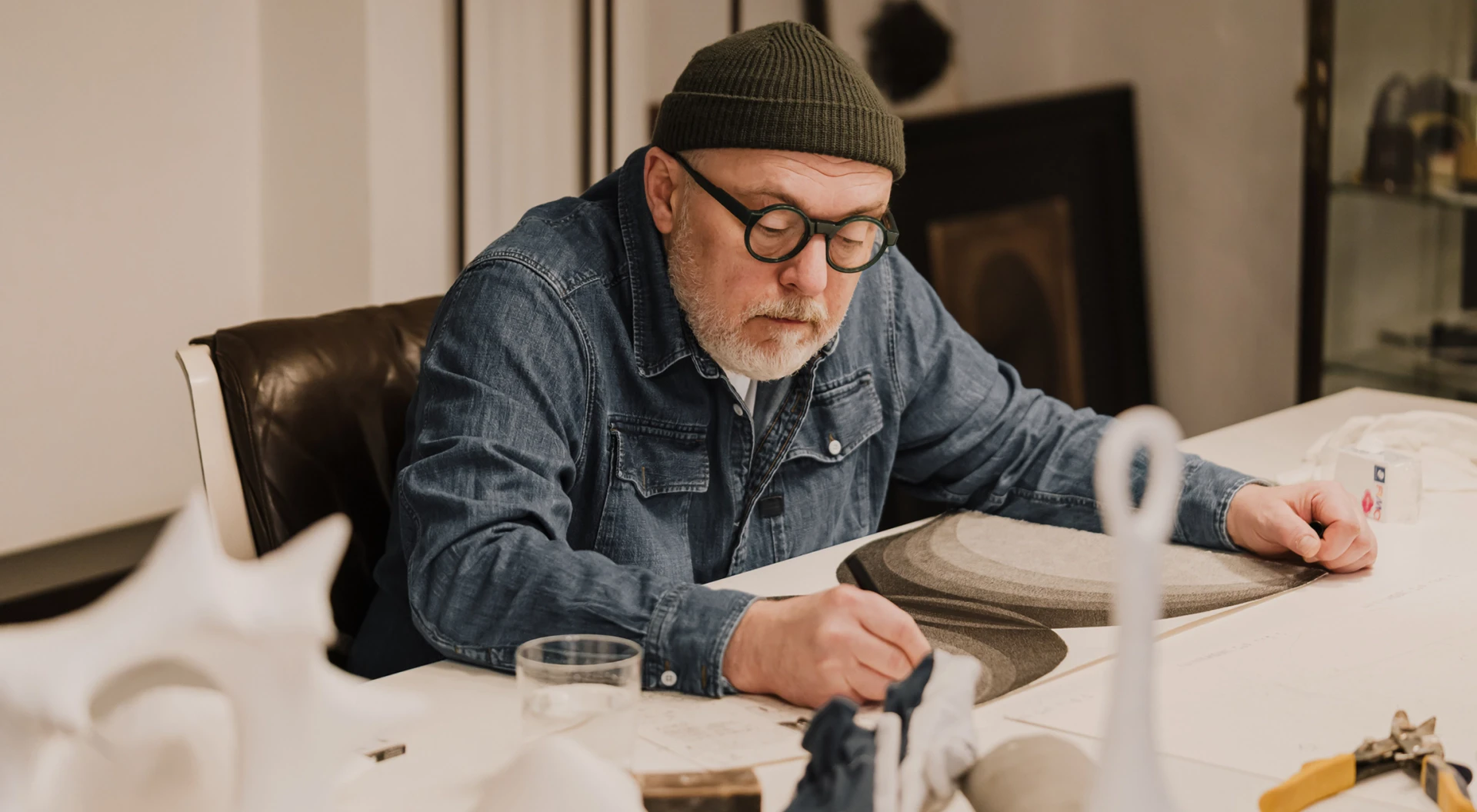

I am fortunate that in the autumn of my life I can focus solely on what gives me 100 per cent satisfaction. This satisfaction results from being able to do exactly what I want to do. I don’t need to concern myself with anyone else. I am absolutely free. I like to paddle my own canoe.
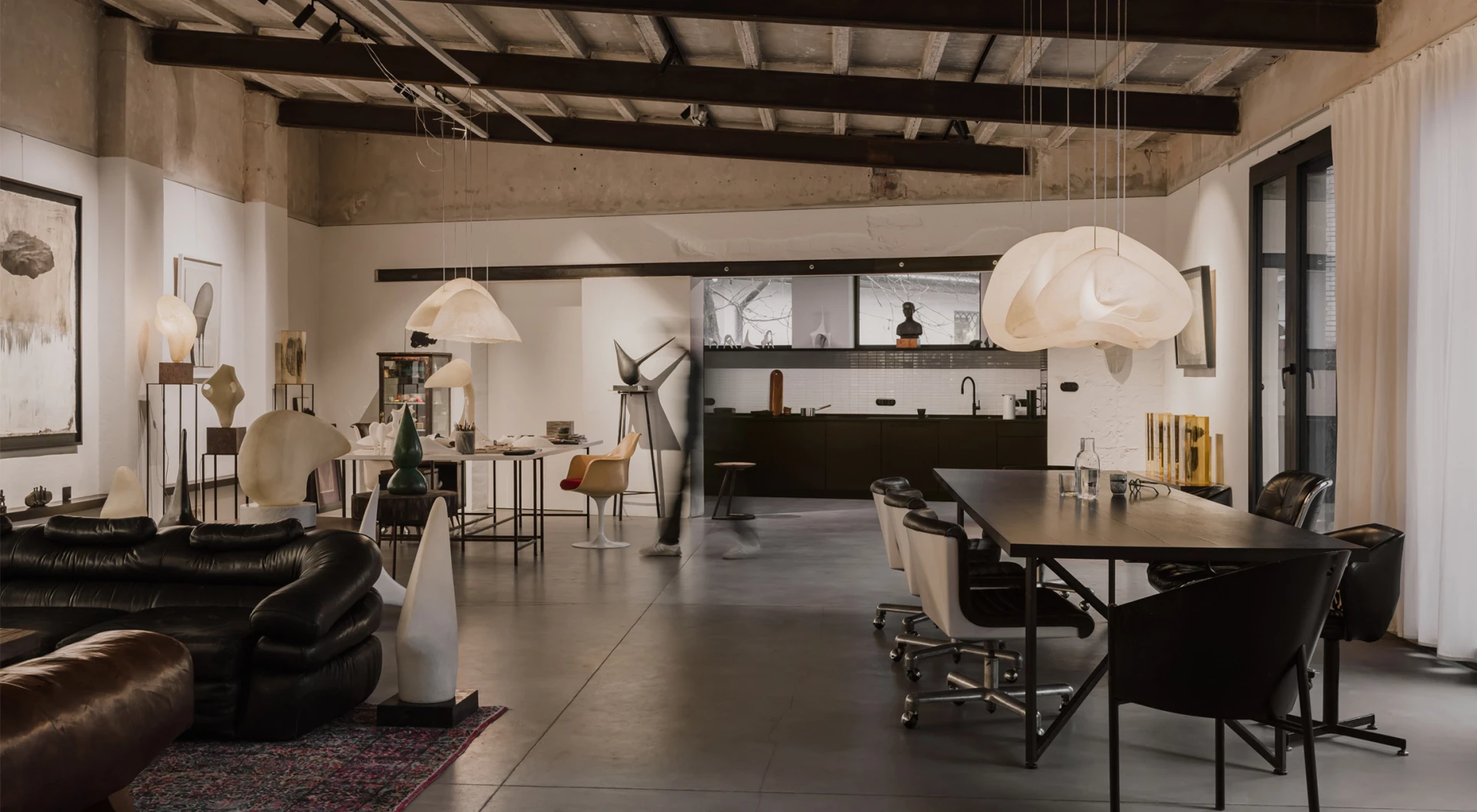

There is no new furniture inside the artist's home. Natural processes such as signs of wear and tear on the wood, abrasions on the leather sofas or cracks in the concrete floor are evidence that the house is alive. Marek designed most of the furniture himself, including a large table made of ancient black oak. The small tables made from circles of mahogany were brought back by his father from his travels many years ago. Some objects have a very personal meaning for him. Marek Bimer believes that a portrait of his wife by the eminent Polish sculptor Barbara Zbrożyna keeps a watch over him. He likes to surround himself with the works of his friend, Michał Slezkin, as well as sculptures by his mother and his wife’s artwork.
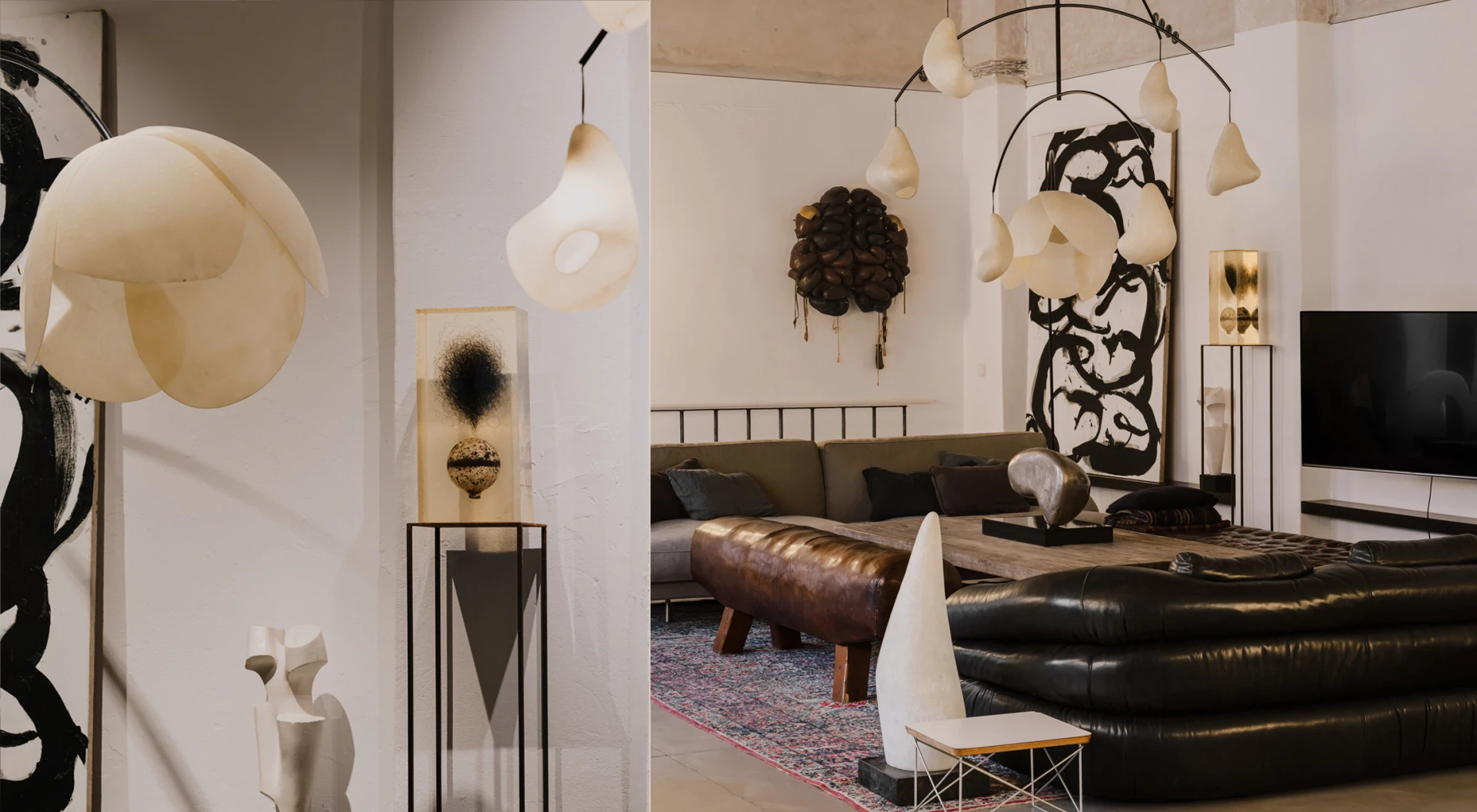

In art, he is most intrigued by highly symbolic forms, bordering on abstraction. He employs them in his graphic works and sculpture, and in his studio, one can find numerous references to 20th-century masters such as Hans Arp or Henry Moore, who also employed synthesis in their works. He is a versatile artist - he experiments with materials and how nature affects them. Regarding patination, he expresses his love for observing how sculptures come to life and rust under the influence of rain, snow, or sunlight. He says that nature completes the work for him in a process that occurs at his behest, yet without his artistic intervention.
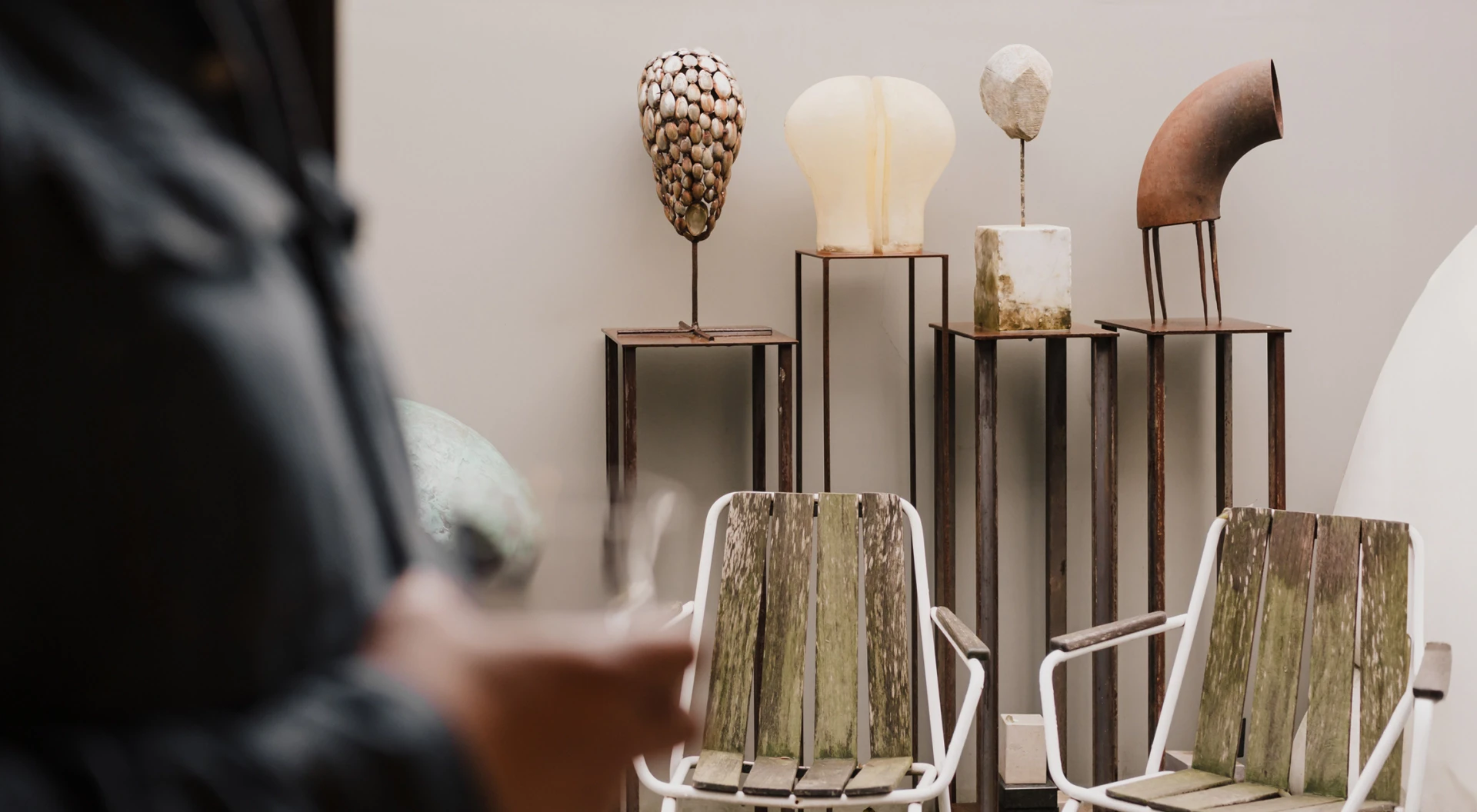

He admits that sculpture has no utilitarian function, although his indoor luminous objects undoubtedly blur these boundaries – they have a unique design and shape and become something entirely new when lit. They combine beauty with functionality, and their original form and design enhance the beautiful glow generated by the lamps.
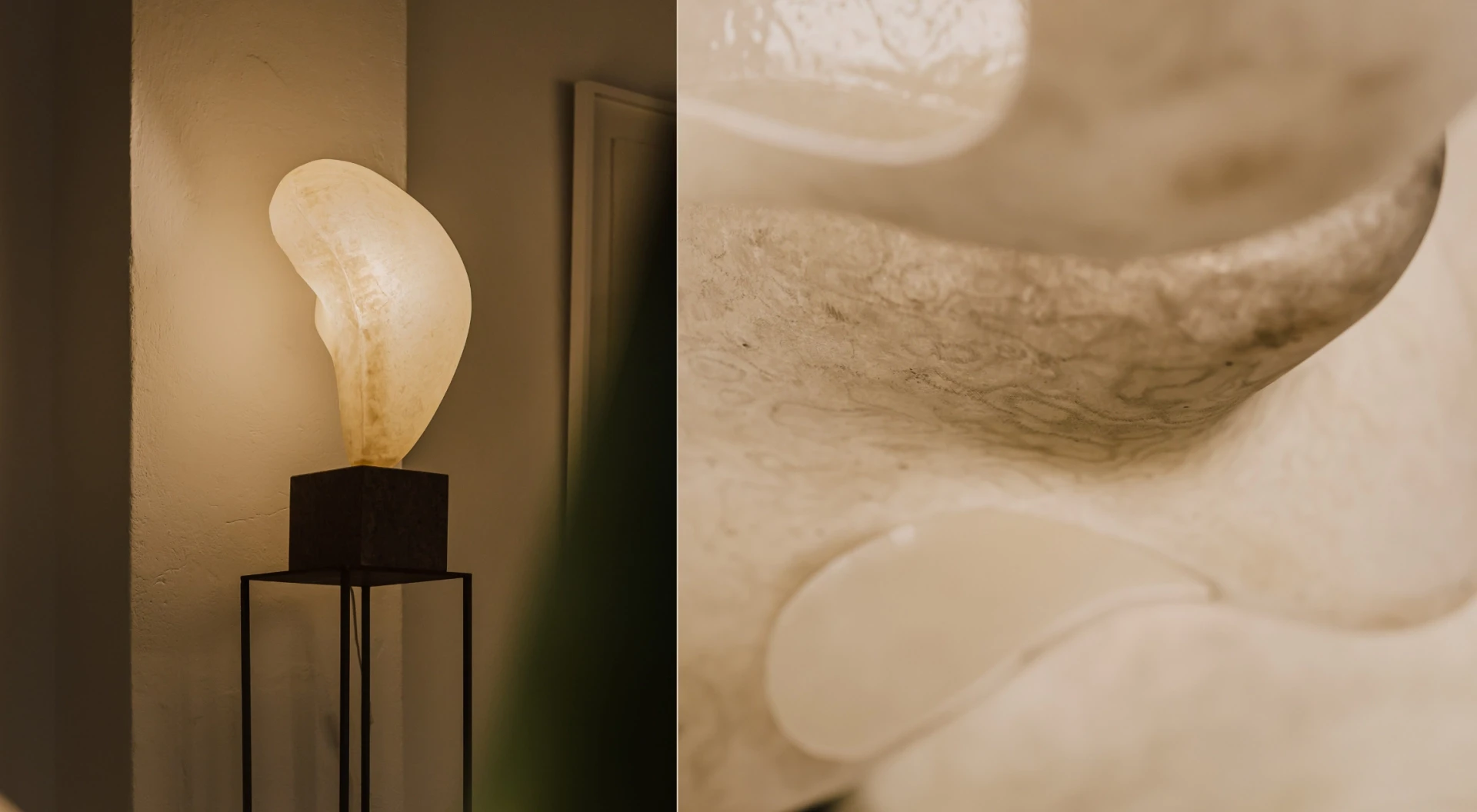

The minimalist, simple form of the OMNIRES SWITCH kitchen tap caught the artist's eye, perfectly fitting in with his way of thinking about interiors. In a house filled with works of art, the kitchen provides an unostentatious backdrop for the sculptures. The mixer creates a harmonious composition with the kitchen space, fulfilling both practical and aesthetic functions.
The form is modest but beautiful, not exaggerated. It matches my physical interior, which is my home, but it also agrees with my way of thinking about form.
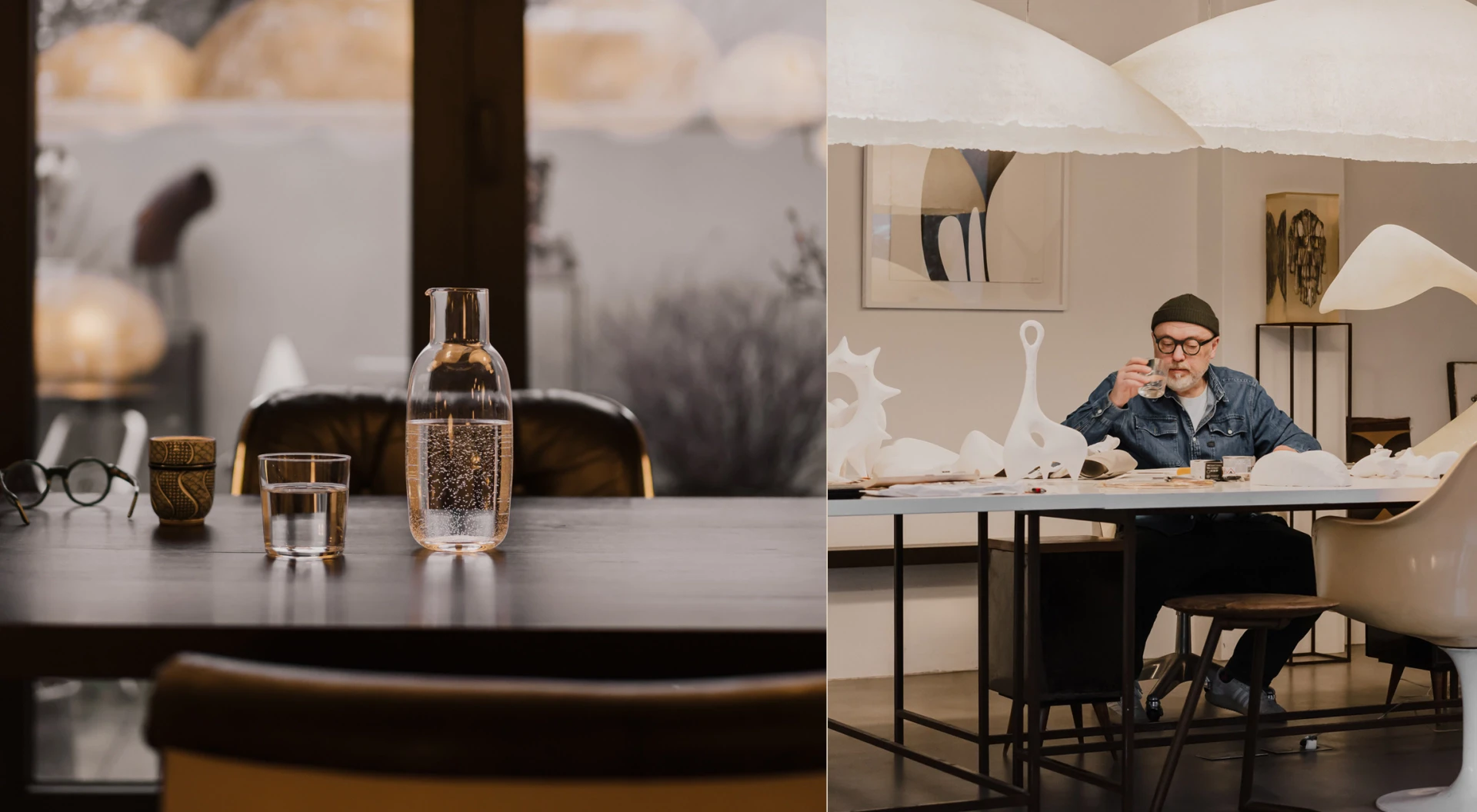

Over the years, I have stuffed my luggage of art experiences to the full – now I have millions of references at my fingertips. I have to make a gigantic effort to curb this in some way because I have a thousand inspirations and a thousand different paths I could be taking, and I certainly will. I am not closing any doors.
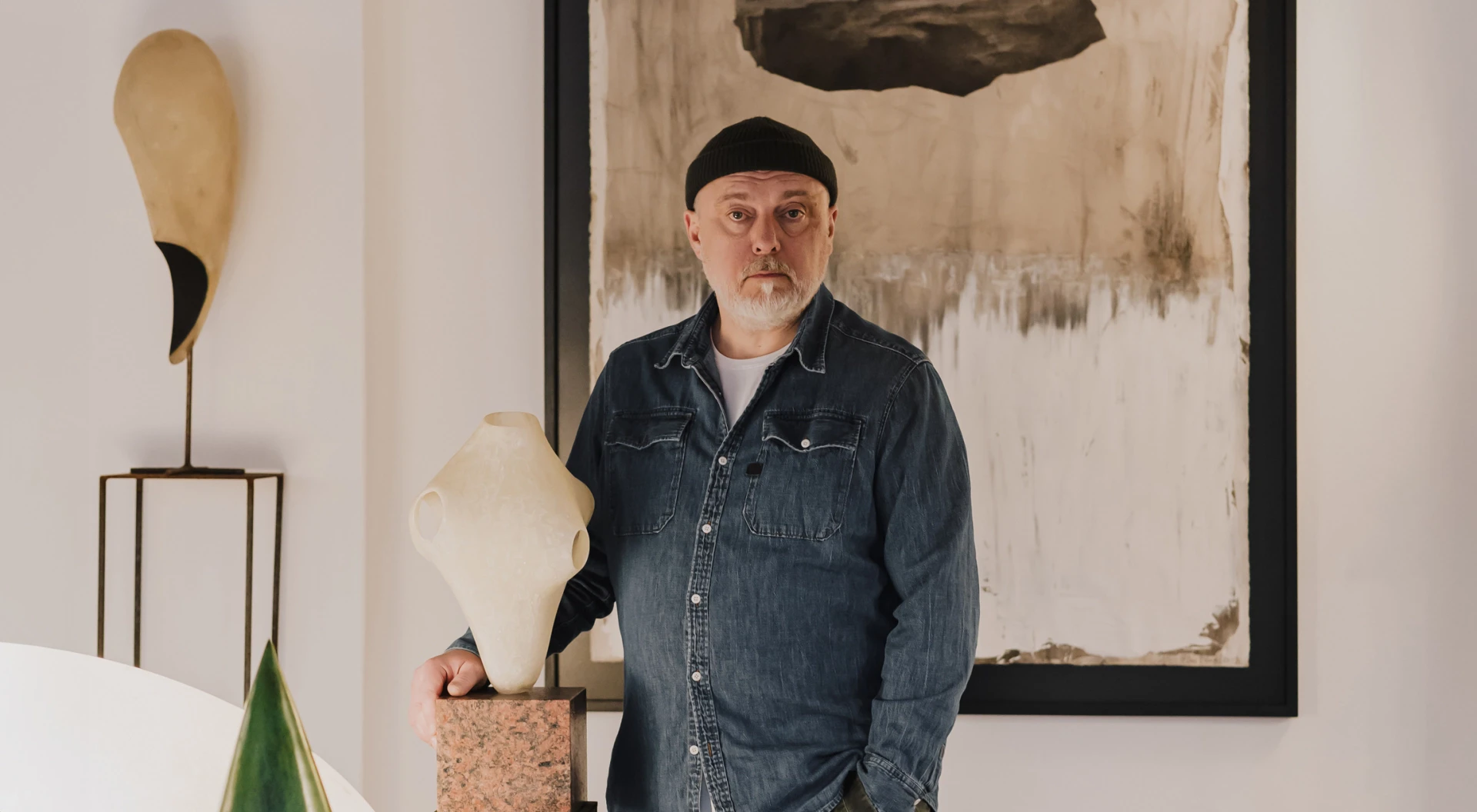

Discover the unique interiors of Kinga Litwińczuk. This acclaimed fashion blogger has created an eclectic living space that combines her love of vintage with a touch of modernity.